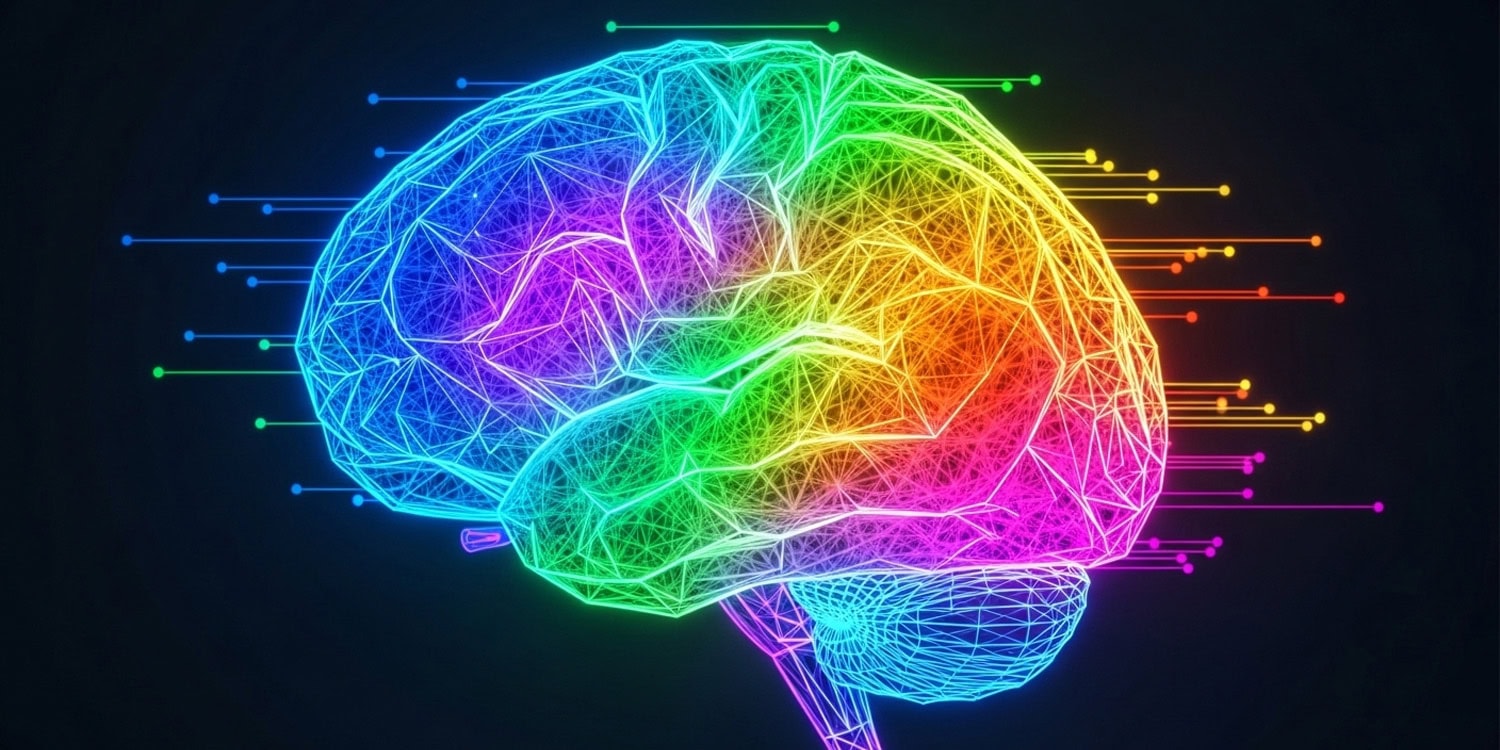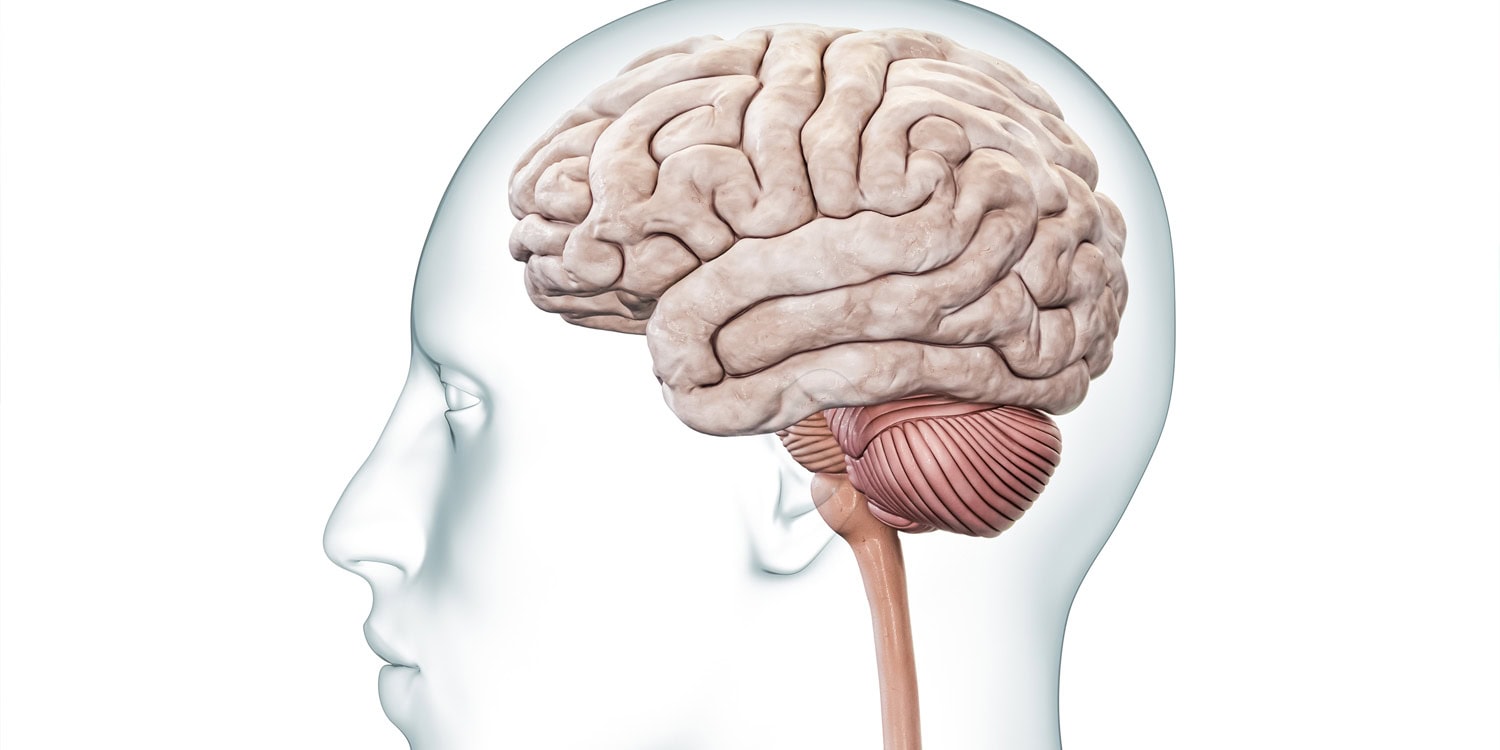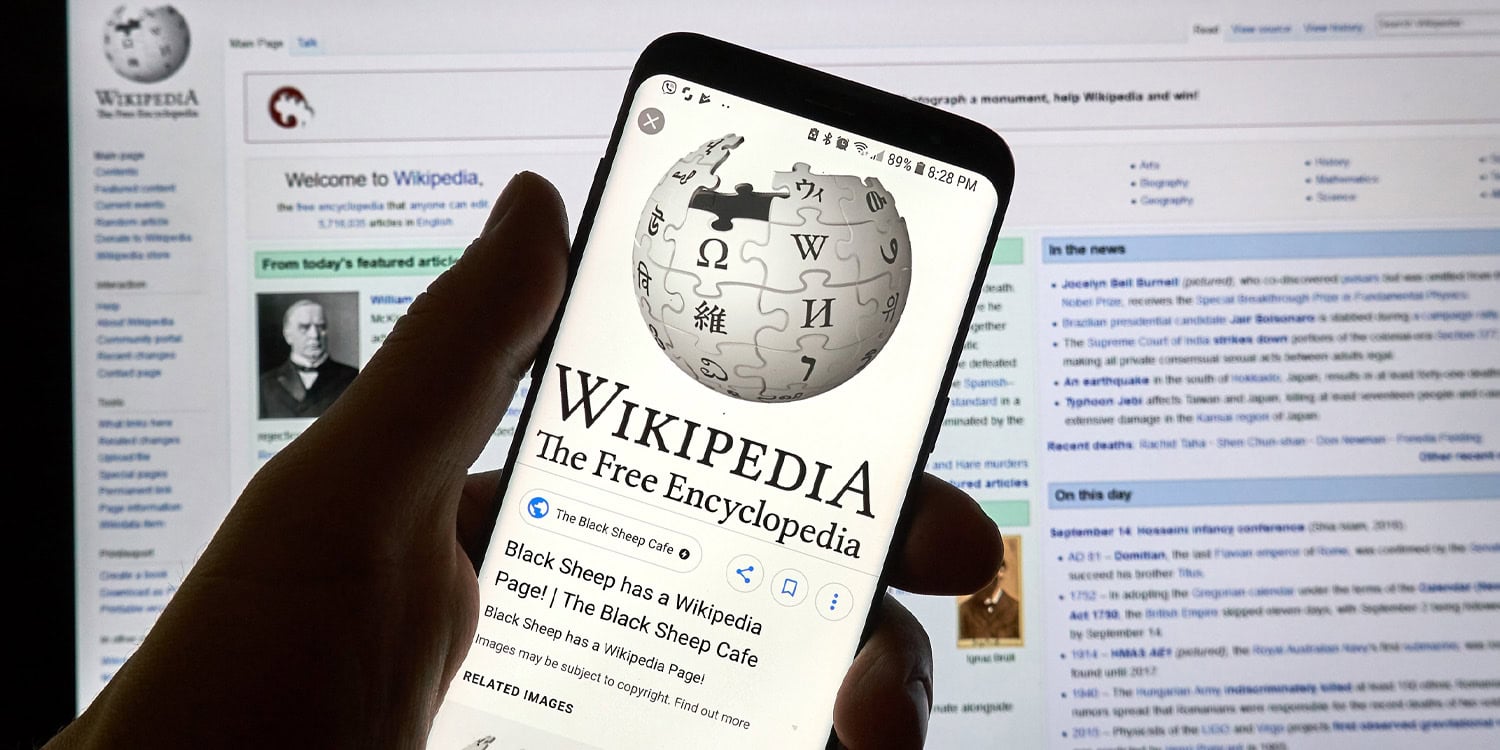Younger adults show higher levels of Machiavellianism and psychopathy
Personality traits associated with manipulation, callousness, and grandiosity appear to decrease with age, according to a new study published in the journal Deviant Behavior. The research suggests that Machiavellianism and psychopathy, two of the three so-called Dark Triad traits, are more pronounced in younger adults and tend to decline as people get older. Narcissism, by contrast, remained relatively stable across age groups.
Understanding how socially aversive traits change throughout life has been a challenge for psychologists. While much is known about the development of more socially desirable traits, such as agreeableness or conscientiousness, the trajectory of traits often seen as antagonistic or maladaptive has received less attention. These traits—Machiavellianism, psychopathy, and narcissism—are collectively referred to as the Dark Triad.
Machiavellianism involves a tendency to manipulate others for personal gain, often through calculated and strategic behavior. Psychopathy is marked by impulsivity, lack of empathy, and emotional coldness, while narcissism reflects an inflated sense of self-importance and a strong need for admiration.
Previous research has hinted at a decrease in some of these traits over time, possibly due to increased social responsibility or life experience. However, many studies relied on small sample sizes or did not capture the full range of adult life. In the new study, researchers affiliated with the Interdisciplinary Research Team on Internet and Society aimed to provide a more detailed picture by analyzing patterns across a wide age range using a large sample.
“Our group has always been interested in how our personalities shift throughout life, especially the so-called dark traits. Most people believe that personality is fixed, either you’re kind or manipulative, but psychology tells a more dynamic story,” explained study author Bruno Bonfá-Araujo, an assistant professor at the Universidade Tuiuti do Paraná and postdoctoral researcher at Masaryk University.
“The Dark Triad traits (Machiavellianism, narcissism, and psychopathy) represent some of the most socially aversive aspects of human behavior, like manipulation, lack of empathy, and impulsiveness. And we know little about how these traits change as people grow older. So, we wanted to explore whether younger individuals really are ‘darker’ and if maturity and life experience soften these traits. The idea came from observing how young adults prioritize competition and self- promotion, while older adults tend to value stability and empathy.”
The researchers collected data from 1,079 Brazilian adults between the ages of 18 and 81. Participants completed the Short Dark Triad questionnaire, which measures Machiavellianism, psychopathy, and narcissism through self-reported agreement with statements like “I like to use clever manipulation to get my way” or “I know that I am special because everyone keeps telling me so.” The study used both traditional group comparisons and a person-centered approach to analyze the data.
Participants were divided into five age groups: 18–25, 26–35, 36–40, 41–59, and 60 and older. The researchers first compared average scores for each trait across age groups using analysis of variance. They found that Machiavellianism was highest among the youngest adults and declined steadily with age. The difference in Machiavellianism scores between the youngest and oldest groups was large. Psychopathy followed a similar trend, although the differences between age groups were somewhat smaller. Narcissism showed no significant differences across the age groups.
To examine how combinations of traits varied by age, the researchers also used a statistical method called latent profile analysis. This technique helps identify subgroups within each age range based on patterns of responses rather than looking only at average scores. Most age groups showed two distinct profiles: a high-dark-trait profile and a low-dark-trait profile. The group aged 36–40 showed three profiles, including a moderate-dark-trait group.
When comparing people with high dark trait profiles across age groups, the researchers observed that older adults in this category still scored lower in Machiavellianism and psychopathy than younger adults in the same category. For example, the level of psychopathy among older adults identified as high in dark traits was comparable to the level seen in younger adults identified as low in these traits. This finding supports the idea that dark traits tend to be less intense with age, even among those who show a generally high tendency toward them.
Among participants with low dark trait profiles, the oldest group again had the lowest scores in Machiavellianism and psychopathy. Interestingly, narcissism did not show a consistent trend. In some comparisons, middle-aged participants in low trait profiles showed slightly lower narcissism than younger or older adults.
The researchers also found that Machiavellianism was the most prevalent dark trait across all age groups, while psychopathy was the least common. Narcissism typically fell between the two.
This pattern may reflect how these traits are expressed and perceived in everyday life. Machiavellian tendencies, such as being strategic or secretive, might be more socially acceptable or even rewarded in certain contexts, especially in competitive environments like the workplace. Psychopathic behaviors, which often involve impulsivity or emotional coldness, may be less tolerated and decrease more noticeably with age.
The researchers noted that some dark traits might be sustained or reinforced by environmental factors. For example, younger adults facing pressure in competitive job markets may rely more on manipulative or self-serving strategies. Over time, as people gain experience or take on responsibilities such as parenting or long-term employment, these behaviors may become less adaptive or socially acceptable, leading to their decline.
“The most important takeaway is that personality isn’t set in stone, it evolves,” Bonfá-Araujo told PsyPost. “We found that two of the dark traits, Machiavellianism (manipulation and strategic thinking) and psychopathy (impulsivity and lack of remorse), tend to vary across age groups, with a tendency to decrease with age. In contrast, narcissism (feeling special or craving admiration) remains relatively stable across age groups.”
“These patterns suggest that as people move through life, they often report being less impulsive and more considerate or strategic in their behavior. Life experiences such as work responsibilities, relationships, and broader social roles may contribute to these differences. Our findings also remind us that having some ‘dark’ traits doesn’t automatically make someone bad. A little ambition or confidence can be useful, it’s when these traits dominate that they become harmful.”
“We were surprised by how stable narcissism appeared to be,” Bonfá-Araujo said. “While we expected all three dark traits to decline with age, narcissism didn’t follow that pattern. This suggests that the desire for recognition or admiration may be a deeper part of humans. It doesn’t vanish, but it may change in how it’s expressed. Younger people might show it through social comparison or status-seeking, while older adults might express it through self-confidence, leadership, or a sense of pride in accomplishments.”
Although the findings provide insight into how dark personality traits change across adulthood, the study was cross-sectional. As a result, it cannot establish how any one person’s traits change over time. Longitudinal research would be necessary to understand individual development and confirm the observed patterns.
“We compared people of different ages at one point in time rather than following the same individuals over several years,” Bonfá-Araujo noted. “So, while we can observe differences across age groups, we can’t say for sure that these changes happen within each person as they age.”
Another limitation is the composition of the sample. The majority of participants were women, which may have influenced the findings. While this gender imbalance is common in psychological research, it limits the ability to generalize the results to the broader population. Future studies should aim for more balanced samples to determine whether men and women show similar patterns of change in these traits.
There is also the possibility that current tools for measuring dark traits may not fully capture how these traits are expressed in older adults. For example, physical aging may limit the expression of impulsive behavior, which could affect how psychopathy is assessed. Future work may need to adapt measurement tools to better reflect the life contexts of older populations.
“As a group, we are interested in understanding how dark personality traits interact with culture, environment, and life experiences,” Bonfá-Araujo explained. “For example, do certain social or professional settings encourage manipulative or narcissistic behavior? How does the pressure to succeed or the influence of social media shape these traits in younger generations?”
“Long-term, we’d like to conduct longitudinal studies that follow individuals over time to see how their dark traits evolve with age, relationships, and life transitions. Ultimately, the goal is not to label people as ‘dark’ or ‘good’ but to understand how personality develops and how self-awareness can lead to healthier choices in work, love, and life.”
The authors suggest that understanding how dark traits evolve with age can help inform how people relate to one another in different life stages. They argue that traits often considered negative can serve adaptive purposes in certain environments.
“Our aversive traits are not something to fear, but to understand,” Bonfá-Araujo said. “Everyone has moments of selfishness, ambition, or even manipulation, it’s part of being human. What matters is how we use those tendencies. Some traits that look “dark” in one context can be useful in another.”
The study, “Could the Younger Be Darker? A Cross-Sectional Study on the Dark Triad Levels Across the Lifespan,” was authored by Bruno Bonfá-Araujo, Gisele Magarotto Machado, Nathália Bonugli Caurin, and Ariela Raissa Lima-Costa.
































